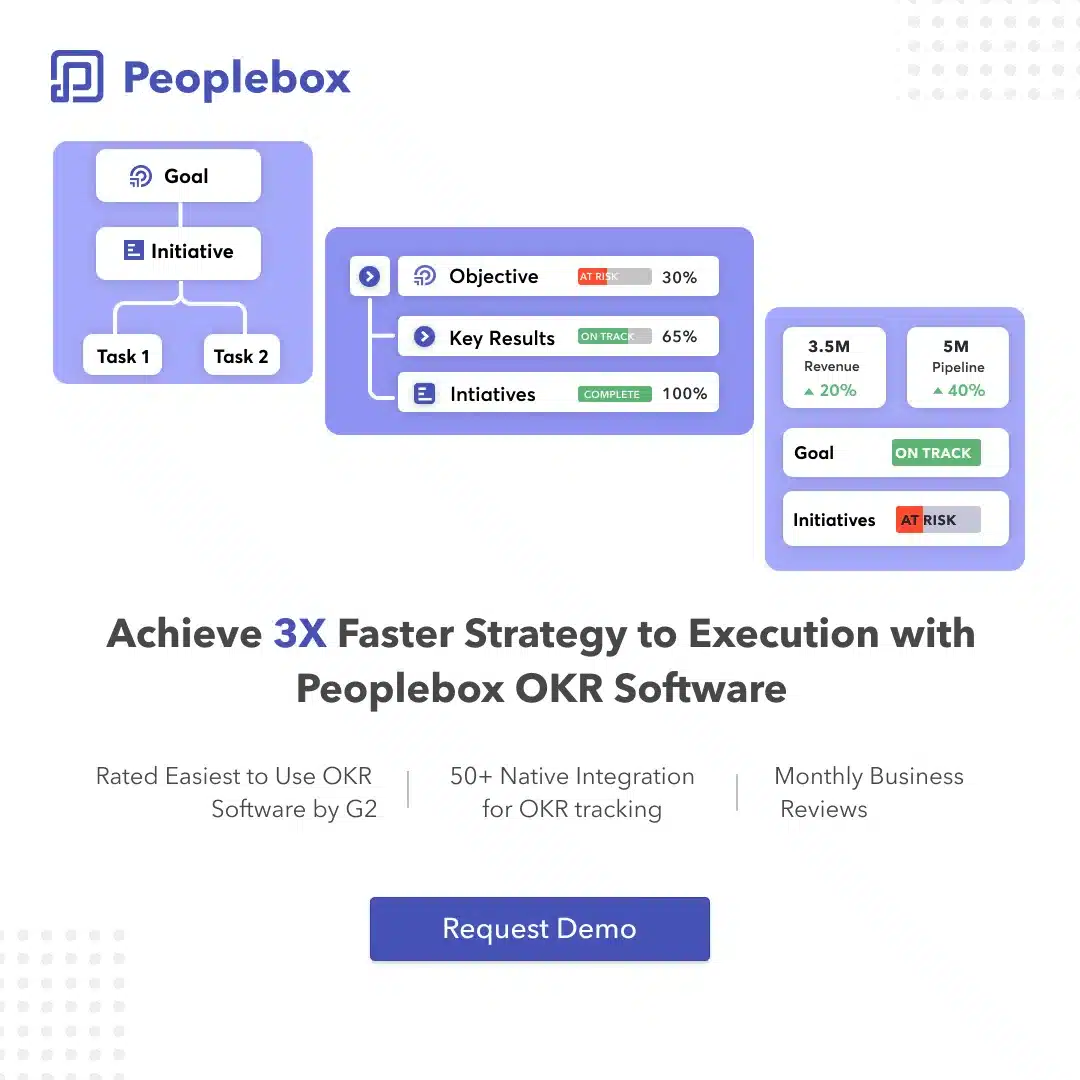“If our employees are in a role and situation that enables them to work from home and they want to continue to do so forever, we will make that happen”,
said a blogpost by Twitter announcing the social media giant’s decision of enabling their team to continue working from home post pandemic.
And Twitter isn’t the only organization that has discovered the perks of a remote team during the Covid-19 crisis.
From mid-scale companies to million-dollar conglomerates, everyone is riding the work from home bandwagon and rightly so.
As opposed to the earlier predictions, working from home has resulted in increased productivity in most organizations.
In an experiment conducted by Bloom university, it was concluded that the staff who were working from home turned out to be 20-25% more productive than their onsite colleagues.
In fact, working from home during the pandemic has enhanced the productivity of federal employees at the social security administration office – their backlog of calls has decreased by 11%.
So, what exactly does working from home entail that make employees more efficient and productive?
Don’t worry, we did the research on your behalf and the results are as follows.
Why are employees more productive when they are working from home
1 Working from home leads to better focus
We have always been led to believe that following an office routine instills discipline and focus in work.
However, a study suggests otherwise.
A report by Atlassian suggests that 75% of employees prefer working from home when they’re involved in an important project.
Working from home saves them from casual chit-chat, elongated coffee breaks and long commutes.
As a result, they are able to concentrate and perform better.
2 Working from home increases morale and satisfaction
Employees’ happiness quotient and job satisfaction have direct impact on their productivity.
The good news is that remote employees are proven to be 29% happier than their onsite counterparts.
As they get more time to spend with their families and enjoy the perk of flexibility, they tend to go an extra mile for the company and take full ownership of their work.
Working from home helps in building trust – both in the manager and the employees.
3 Working from home leads to lesser time off
While taking a break from work is advised, it has been noted that remote employees willingly put more hours and take less time off.
In a research by CoSo, 23% of them admitted that they spent longer hours working and 53% of them said that they’re less likely to take time off as opposed to the office employees.
Employees feel fulfilled and relaxed when they’re working from home and put extra efforts in their tasks.
Frankly, this is a complete win-win situation for an organization and the employees as well.

All of the factors mentioned above and more contribute towards making remote work more productive and perhaps, a sustainable prospect for your company.
However, leaders are still hesitant about a particular area of concern, i.e., how to measure productivity?
When employees are at one place, it is easier to track their progress and keep a check on their productivity.
When your team is working from home, this task becomes complicated and sometimes, vague.
Some leaders have resorted to extreme measures like monitoring software to keep a check on how their remote teams are spending their working hours.
Yet, the reality is that you can measure their activity with a software but cannot check the productivity they bring to the table.
What the present work culture needs is – empathy and collaboration.
And as they say, modern problems require modern solutions, here’s a list of tips that you can follow to measure productivity of remote employees.
5 Tips to measure productivity while working from home
1 Set & track goals and deadline
Ever heard of a tip which says making a to-do list helps one in keeping track of their task and their completion?
Setting goals have the same effect on remote employees.
When employees are working from home, their productivity depends largely upon the direction provided to them by their leaders and managers.
Setting quantifiable goals with achievable deadlines is the first step towards the same.
Furthermore, clearly-defined goals also help in measuring the results effectively.
For example, a mutually-set goal of deploying two codes in a month can help in measuring the progress and the productivity at the end of the month.
With the help of goals, your employees know what is expected from them, at what time and with what attributes.
Goals help them in staying productive and presenting their work backed by tangible progress.
Pro tip: We suggest switching to an effective method of goal-setting called OKRs for remote employees as it is collaborative and keeps remote employees aligned with the rest of the team.
START SETTING EFFECTIVE OKRs with PEOPLEBOX
2 Make daily standup meetings your best friend
Daily standup meetings or huddles are used in agile methodology where the team gets together for a short period of time to discuss the progress of tasks every day.
During the pandemic, virtual standup meetings have helped many organizations stay coordinated and productive.
They are a great tool to ensure that employees do not lose focus when they’re working from home by making them more accountable.
Daily standup meeting also helps in addressing blockers and encouraging collaboration between team members.
They’re a non-intrusive way of keeping a check on employees’ speed, engagement and efficiency, and probably the best way to track how productive your employees were the day before
All you need is a conferencing tool and a task management system to kick start your standup meeting ritual and stay connected with remote employees’ productivity..
Pro tip: This is the best way to track progress and keep a track of your team’s pr
oductivity on a daily basis.
3 Have frequent one on one meetings
One on one meetings help build a stronger bond between a manager and her direct reports.
When we are working from home, one on ones are often the only space where an employee could confide in their leader and discuss their problems.
In fact, one on one meetings can help you understand how productivity differs from individual to individual.
While the metrics remain the same, the way one employee approaches a task is always different to another one.
Thus, one on one meetings can help you measure qualitative output and its pain points.
And experts say that a shift to quality in results from numbers is necessary in the long-run.
Pro tip: Use a software to schedule one on one meetings, keep notes of discussion and set alerts for checking on action items.
Effective One on One Meetings
We built a software that automatically schedules, lets you set agenda, take notes, exchange feedback and track actions – all in one place.
4 Track the time spent on tasks
For a moment, you must have thought that we are talking about employee monitoring software.
However, we are talking about keeping a log on how much time does a particular employee spend on completing a task when they are working from home.

You can keep a note of it by using tools like Jira which indicate how much time the completion of an activity took.
Or, you can just ask them to update you with the time taken after the completion of the task.
It will help you measure how active your employees are when they’re working from home and how efficiently they perform.
5 Embrace status update meetings
Communication is the key to managing employees well when they’re working from home.
Status update meetings are an important link that help the entire team connected with the larger picture in the long run.
They are different from daily standup meetings as they focus on larger goals and progress and not daily tasks.
With status update meetings, you can measure how the team and individual employees are participating in the fulfillment of common goals.
You can choose to have weekly and monthly meetings as per your team’s requirement and comfort level.
At the end of the day, they will act as a key indicator of productivity and progress.

How to Conduct Quarterly Review of OKRs Successfully
Closing thoughts
The Covid-19 crisis has made our collective worst fears come true; including those of the corporate world.
From fearing that employees would sleep away their ‘work-from-home’ perk to delaying work-related tasks, our workforce has lived every supposed stereotype and have proven them wrong.
Right now, we are in the middle of the world’s biggest ‘work-from-home’ experiment and productivity is either steady or on the rise.
To align oneself with this new wave, the farsighted leaders must find ways to measure remote productivity and welcome working from home.
With the right tools and empathetic approach, we are bound to find ways where productivity of remote employees becomes more transparent.
Because finally, it’s the quality that matters and not the time spent.








